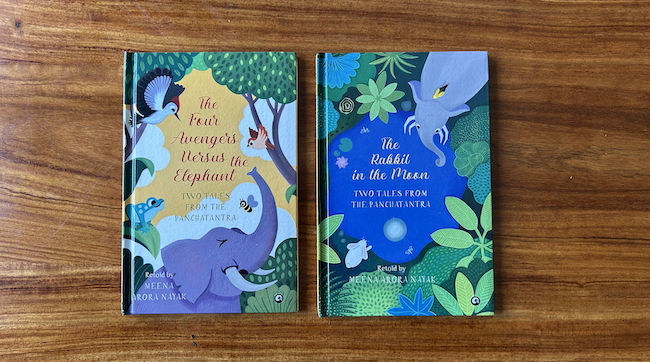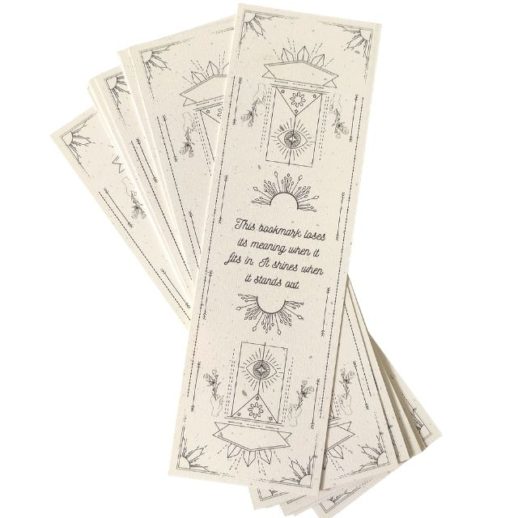These slim yet evocative volumes are part of a commendable effort to revive the stories of the Panchatantra for today’s young readers. Both books serve as gentle yet profound introductions to the vast world of Indian moral philosophy. As with Panchatantra stories, they do not merely aim to entertain; they aim to build character.
As an adult, revisiting these childhood stories is a reminder of the layered morals we often overlook in adulthood. These editions, while targeted at children, are universal in appeal and deserve a place in any bookshelf that appreciates wisdom across ages. Ideal read for young readers exploring Indian mythology and folklore, or cross-cultural literature.
1. The Rabbit in the Moon: Two Tales from the Panchatantra
Survival.
The two stories in this books are all about survival, subtly woven with reflections on ecological balance, the perils of arrogance, and the enduring relevance of soft power in a world often obsessed with dominance.
What stands out in this rendition is its clean, approachable language that remains faithful to the wit and layered allegory of the original Sanskrit texts. The rabbit, personifying intelligence over brute strength, is a timeless symbol in Indian fables. The narrative is paced well, allowing young readers to absorb the moral without it being overtly preachy.
2. The Four Avengers Versus the Elephant: Two Tales from the Panchatantra
Brain over brawn.
This book is another in the series and continues the theme of cleverly condensed Panchatantra tales. Both stories in the book stay grounded in classic Indian storytelling tradition, symbolizing that when the “powerless” unite and strategize, they can easily challenge the mighty ones and shift the power dynamics of their world. A fine example of how storytelling can address themes of cooperation, strategic thinking, and social harmony — all through an accessible narrative.
What I appreciated most is how these stories don’t talk down to children. Instead, they elevate their thinking with layered meaning and real emotional stakes, all while staying within the bounds of simplicity.
The Panchatantra through its offers nuanced dilemmas — where intelligence, flexibility, and ethics co-exist in complex but meaningful ways. These books capture that balance with finesse.







